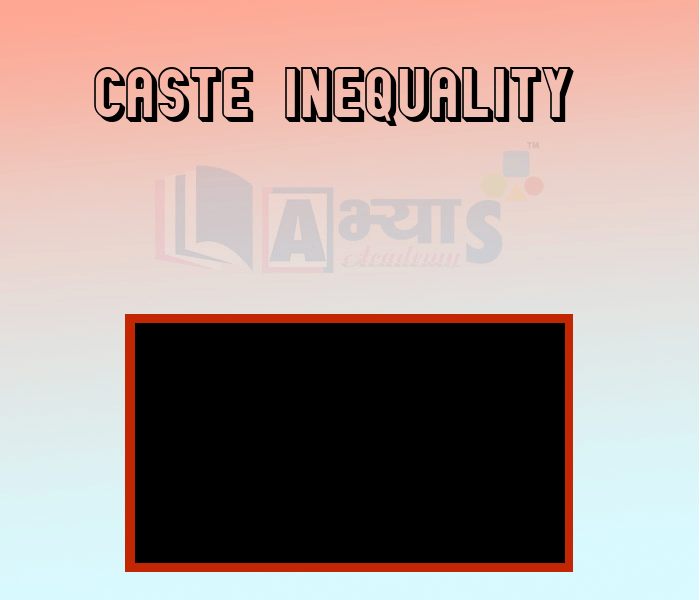Caste Inequality










Caste Inequality
Caste inequality is a significant factor in shaping economic inequality in India. For many years, the caste system dictated who had access to resources like jobs, land, and other opportunities, making it harder for lower castes to progress. Although the law now prohibits discrimination based on caste, the effects of the centuries-long caste system are still visible today.
Considering the findings of the National Sample Survey from 1999, which of the following accurately reflects the comparative economic status of OBCs relative to upper castes and lower castes? | |||
| Right Option : C | |||
| View Explanation |
According to the National Sample Survey from 1999, how do the economic conditions of Other Backward Classes (OBCs) compare to those of upper and lower castes? | |||
| Right Option : C | |||
| View Explanation | |||
Which of the following statements best describes the impact of caste-based discrimination on the socio-economic mobility of lower castes in contemporary India? | |||
| Right Option : B | |||
| View Explanation |
Students / Parents Reviews [10]
It has a great methodology. Students here can get analysis to their test quickly.We can learn easily through PPTs and the testing methods are good. We know that where we have to practice

Barkha Arora
10thBeing a parent, I saw my daughter improvement in her studies by seeing a good result in all day to day compititive exam TMO, NSO, IEO etc and as well as studies. I have got a fruitful result from my daughter.

Prisha Gupta
8thOne of the best institutes to develope a child interest in studies.Provides SST and English knowledge also unlike other institutes. Teachers are co operative and friendly online tests andPPT develope practical knowledge also.

Aman Kumar Shrivastava
10thAbhyas is a complete education Institute. Here extreme care is taken by teacher with the help of regular exam. Extra classes also conducted by the institute, if the student is weak.

Om Umang
10thMy experience was very good with Abhyas academy. I am studying here from 6th class and I am satisfied by its results in my life. I improved a lot here ahead of school syllabus.

Ayan Ghosh
8thI have spent a wonderful time in Abhyas academy. It has made my reasoning more apt, English more stronger and Maths an interesting subject for me. It has given me a habbit of self studying

Yatharthi Sharma
10thA marvelous experience with Abhyas. I am glad to share that my ward has achieved more than enough at the Ambala ABHYAS centre. Years have passed on and more and more he has gained. May the centre flourish and develop day by day by the grace of God.

Archit Segal
7thMy experience with Abhyas is very good. I have learnt many things here like vedic maths and reasoning also. Teachers here first take our doubts and then there are assignments to verify our weak points.

Shivam Rana
7thIt was a good experience with Abhyas Academy. I even faced problems in starting but slowly and steadily overcomed. Especially reasoning classes helped me a lot.

Cheshta
10thAbout Abhyas metholodology the teachers are very nice and hardworking toward students.The Centre Head Mrs Anu Sethi is also a brilliant teacher.Abhyas has taught me how to overcome problems and has always taken my doubts and suppoeted me.
